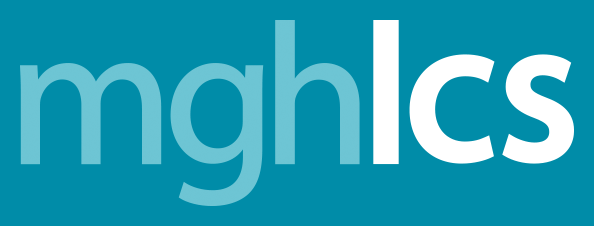Practice Management Services help to streamline clinical workflows with smart technology integration.
Dictation
Shifting the burden to natural language processing
Most EHR's contain structured data sections: unique conceptual representations for allergies, medications, procedures, problem lists. An obstacle to utilizing this data to its full potential has been the difficulty of getting physicians to populate patient records with this data. Most physicians are used to a workflow that consists of documenting the details of the clinical encounter in a visit note but not going out of their way to populate the structured data sections described earlier.
Information technology can assist here by automatically extracting information that would populate the structured data sections in a patient's record. This functionality has been the objective of the Structured Dictation Project. Specifically, the goal has been to reliably and affordably extract concepts from clinical notes without significantly altering the physician's workflow.
We have done this by distributing the burden of data structuring to the physician (minimally), the transcriptionist, software using Natural Language Processing technology (mostly), and finally, a human reviewer.
Physicians go through a brief training tutorial to learn how to dictate in a format conducive to the successful conceptual recognition by the language processing engines. Transcriptionists then encode structure at a very macro level with minimal deviation from their normal workflow. Software then does most of the work of structuring. For notes which contain one or more instances of unrecognized or ambiguous parses, which is about 30-40% of notes, a human views the note in a custom note editor to correctly label the concept.
The project has been able to reliably and affordably structure dictated clinical documents. It is in its 4th year of production use, approaching the 100,000 note mark. It has been incorporated as a core service of the Laboratory of Computer Science and is expanding service to its third physician practice.
Scanning
As the medical field shifts from paper records to electronic documentation, certain challenges are arising. Although much documentation is completed online, there are still faxed lab results, shared paper records, and signed documents filling paper charts. This leaves gaps in electronic records and is not ideal for patient safety.
LCS provides practices with a scanning service that incorporates paper documents into patient’s electronic charts. By categorizing and classifying scanned documents, information is easily searchable and readily accessible.
Faxing
LCS supports outgoing data services that include faxing of electronic records, electronic prescribing of medications, and electronic communication of clinical messages.
Automated faxing simplifies workflows, saving practices valuable time and money.




